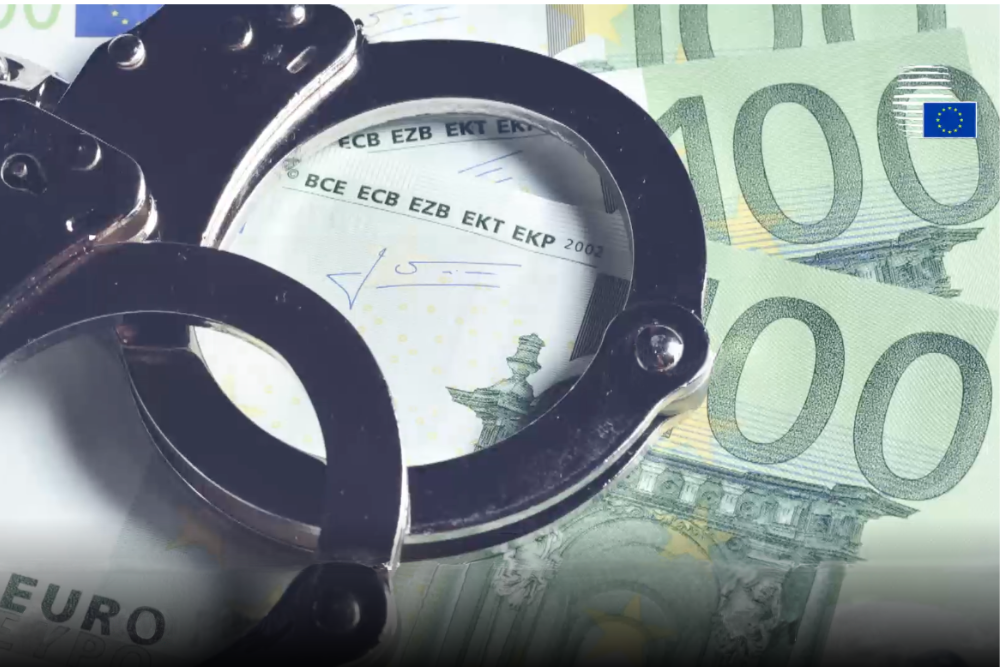-
“Take-make-dispose” economy must come to an end
-
Binding targets needed also for recycled content
-
EU policy on sustainable products should include non-energy-related products
The EU needs clear policy objectives to achieve a carbon-neutral, environmentally sustainable, toxic-free and fully circular economy by 2050 at the latest, say MEPs.
On Wednesday, the Committee on Environment, Public Health and Food Safety adopted its report on the new EU Circular Economy Action Plan, with 66 votes in favour, 6 against and 7 abstentions.
Circular economy principles
MEPs emphasise that the current linear “take-make-dispose” economy must be transformed into a truly circular economy, based on a series of key principles such as preventing waste and reducing energy and resource use. Products should be designed in a way that reduces waste, harmful substances and pollution, and protects human health. The consumer benefits of a circular economy should be made clear, they say.
Binding targets and indicators
MEPs call for science-based binding 2030 EU targets for materials use and consumption footprint, covering the whole lifecycle of each product category placed on the EU market. To this end, they urge the Commission to introduce in 2021 harmonised, comparable and uniform circularity indicators for material and consumption footprints.
The Environment Committee also calls on the Commission to propose product-specific and/or sector-specific binding targets for recycled content, while ensuring the performance and safety of the products concerned and that they are designed to be recycled.
Sustainable product policy
MEPs strongly endorse the Commission’s intention to broaden the scope of the Ecodesign Directive to include non-energy-related products. They insist that new legislation should be put forward in 2021. This should set horizontal sustainability principles and product-specific standards so that products placed on the EU market perform well, are durable, reusable, can be easily repaired, are not toxic, can be upgraded and recycled, contain recycled content, and are resource- and energy-efficient.
Other key proposals by MEPs include:
- introducing measures against greenwashing and false environmental claims, as well as legislative measures to stop practices that result in planned obsolescence;
- championing the EU Ecolabel as a benchmark for environmental sustainability;
- strengthening the role of Green Public Procurement by establishing minimum mandatory criteria and targets;
- mainstreaming circular economy principles into member states’ national recovery plans.
Quote
Rapporteur Jan Huitema (Renew Europe, NL) said: “The transition to a circular economy is an economic opportunity for Europe that we should embrace. Europe is not a resource-rich continent, but we have the skills, the expertise and the ability to innovate and develop the technologies needed to close loops and build a waste-free society. This will create jobs and economic growth and bring us closer to reaching our climate goals: It’s a win-win.” Watch video statement.
Next steps
The report will be put to the vote during the February plenary sitting.
Background
In March 2020, the Commission adopted a new “Circular Economy Action Plan for a Cleaner and More Competitive Europe”. A debate in the Environment Committee took place in October.
Up to 80% of products’ environmental impact is determined at the design phase. The global consumption of materials is expected to double in the next forty years, while the amount of waste generated every year is projected to increase by 70% by 2050. Half of total greenhouse gas emissions, and more than 90% of biodiversity loss and water stress, come from extracting and processing resources.












